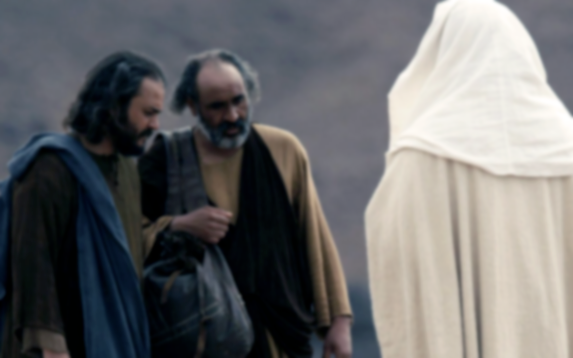Now that the two volumes of The Hope of Israel and the Nations are available, Gary thought it was a good time to interview Kim Burgess about the books and the hermeneutic they present.
The aim of this series has been to discern from Scripture itself, in the Reformation spirit and mindset of sola Scriptura, what the Bible’s, and, in particular, what the New Testament’s own hermeneutic is and then to seek to follow this hermeneutic as faithfully and consistently as possible when it comes to dealing, exegetically, with the many relevant texts touching on Biblical eschatology.
Traditionally, Christians have gotten their understanding of what passes for Biblical eschatology from the historic creeds, confessions of faith and catechisms of the Church, and from the various systematic theologies that have been written in the course of Church history per their abstracted “loci” (locus, “place”) method of doing theology where “eschatology” is the final category of theology dealt with. In my well-considered estimation, the methodology that was used to produce these various documents and treatises leaves a lot to be desired. In fact, it is what has created all of the confusion to begin with. But why would this be the case? In a matter such as Biblical eschatology, the various relevant Biblical texts cannot simply be gathered together in the abstract like picking cherries from a tree and then collated into “doctrine.” It is far from being that simple. Biblical eschatology, by definition, is the consummation of history and so, to be properly understood, the history in question has to be taken fully into account. But this then begs the question: What history or whose history is in view here?
Now, in terms of this traditional understanding, it has been the case that the presumed history in view is simply understood to be that of generic world history, with the focus, inevitably and without a doubt, on the “end of time/end of the world.” Now it is true, of course, that any events that occur on earth take place in the broader context of world history, but is this the specific history that the Scriptures themselves have in mind when it comes to their own understanding of eschatology? The foundational and operating thesis of what you are about to read in the various episodes of this book is that, No, it is not. The specific history that the Scriptures have in mind when it comes to the subject of Biblical eschatology is the redemptive history of Old Testament Israel! Note this well. By this history of redemption of OT Israel is meant the special or unique salvation history which starts with the call of and the promises made to Abraham and, thereafter, to the patriarchs of Israel (i.e., to Isaac and Jacob), as repeatedly stated in Genesis 12-50, and then runs on to its eschatological “telos” or goal in the person and work of Jesus as the Christ of Israel as Himself the fulfillment of all that was promised.

The Hope of Israel and the Nations
The New Testament is written against the background of the Old Testament. The shadows of the Old were fulfilled in the reality of the New. All the rituals and ceremonies were fulfilled in Jesus. The same is true of the temple, land, blood sacrifices, the nature of redemption, the resurrection of the dead, the breaking down of the dividing wall dividing Jews and Gentiles, and so much more. The New Testament's emphasis is on the finished work of Jesus and its application, not only to that Apostolic generation but to the world today.
Buy NowNow that the two volumes of The Hope of Israel and the Nations are available, Gary thought it was a good time to interview Kim Burgess about the books and the hermeneutic they present. For those not familiar with the original podcast series, Covenant Hermeneutics and Biblical Eschatology, this episode will serve as an introduction to both the books and the 25-part series.

